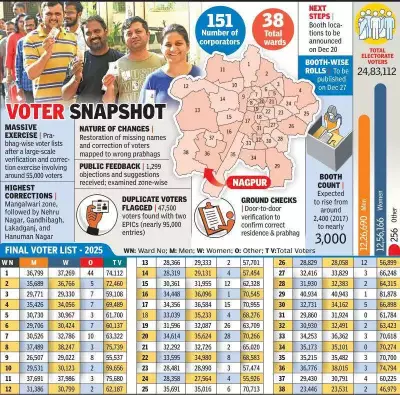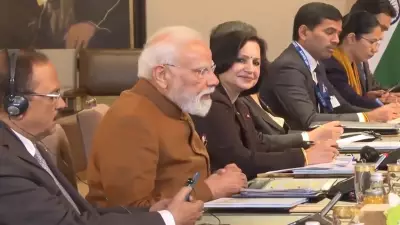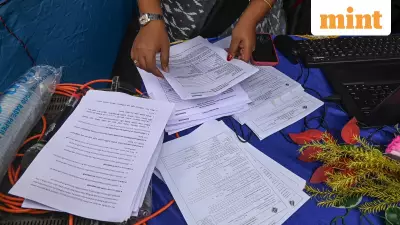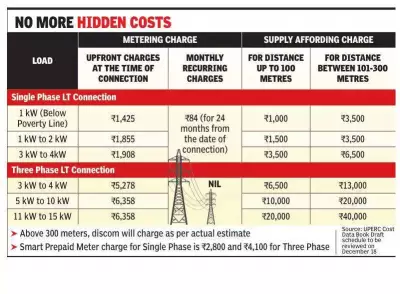
In an unexpected turn of events that blended modern technology with traditional political campaigning, Rashtriya Janata Dal (RJD) leader Tejashwi Yadav made political history in Bihar's Muzzafarpur district. The young leader, who was scheduled to address a crucial election rally in person, found himself grounded by nature's fury as adverse weather conditions prevented his helicopter from reaching the destination.
When Technology Saved the Day
Rather than disappointing the waiting crowd of supporters, Yadav demonstrated quick thinking and political adaptability. He connected with the rally organizers via telephone, turning what could have been a campaign setback into an innovative political moment. The phone was placed near the microphone, allowing his voice to resonate across the venue and reach thousands of eager supporters.
A Test of Political Resilience
This incident highlights the unpredictable nature of election campaigning in India, where weather conditions can significantly impact political schedules. For Yadav, this wasn't just about addressing a rally; it was about showing commitment to his supporters despite unforeseen challenges. The enthusiastic response from the crowd demonstrated that the message mattered more than the medium.
Broader Implications for Election Campaigning
The Muzzafarpur incident sets a fascinating precedent for future election campaigns across India:
- Virtual connectivity can bridge physical distances during emergencies
- Political commitment can overcome logistical challenges
- Technology integration is becoming essential in modern campaigning
- Weather resilience needs to be part of election planning
As Bihar continues its electoral battle, this episode serves as a reminder that in democracy, the show must go on – whether in person or through innovative alternatives. Yadav's phone address not only saved the rally but potentially created a new template for political campaigning during emergencies.





